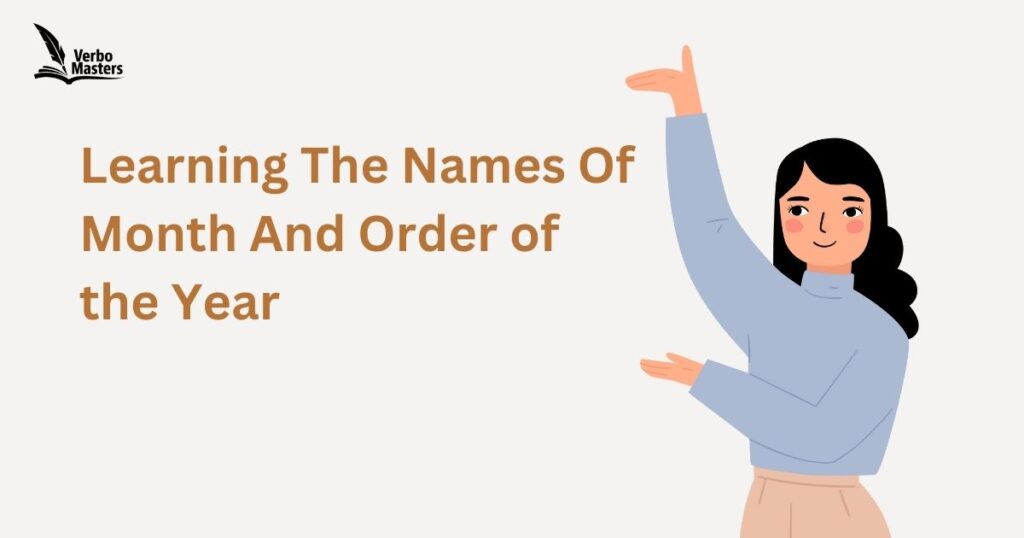Understanding the names of months of the year is essential for organizing time and planning activities. There are twelve months, each with its unique name and position in the calendar. Learning their order helps in scheduling events, understanding seasons, and managing daily tasks.
Starting with January, the first month, and ending with December, the twelfth, each month has its own significance and characteristics. For instance, January often symbolizes new beginnings, while December marks the end of the year.
Recognizing the sequence and attributes of each month can enhance time management skills and cultural awareness. Whether for academic purposes, personal planning, or general knowledge, familiarizing oneself with the months provides a foundation for understanding the passage of time. Let’s explore these twelve months and their order to gain a better grasp of our calendar system.
You can also read; List Of Animals That Start With A
Learning The Names Of Month And Order of the Year

These are the names of the months in order of the year:
- January
- February
- March
- April
- May
- June
- July
- August
- September
- October
- November
- December
These months make up the standard Gregorian calendar, which is used worldwide. Each year starts in January and ends in December.
FAQs
What is the shortest month of the year?
February is the shortest month, with 28 days in common years and 29 days in leap years.
Why are there 12 months in a year?
The 12 months are based on the lunar cycle and the Earth’s orbit around the Sun. The number 12 has also been significant in various cultures throughout history.
Why does February have 28 days?
February has 28 days because of historical changes in the Roman calendar. It was originally the last month of the year, and later adjustments were made to align the calendar with the solar year.
What is a leap year?
A leap year occurs every 4 years when an extra day is added to February, making it 29 days instead of 28. This adjustment keeps the calendar year synchronized with the Earth’s revolutions around the Sun.
Which month has 31 days?
The months with 31 days are January, March, May, July, August, October, and December.
Which month has 30 days?
The months with 30 days are April, June, September, and November.
Why do some months have 30 or 31 days?
The variation in the number of days is a result of historical changes to the calendar system, primarily during the reign of Julius Caesar and Augustus. These changes were made to adjust the year to the solar cycle.
What is the longest month?
July and August are the longest months with 31 days, but February has the shortest, with either 28 or 29 days.
How do months get their names?
The months of the year are named after Roman gods, emperors, and numbers. For example, “July” is named after Julius Caesar, and “September” comes from the Latin word for “seven.”
Why does the year start in January?
The year starts in January due to reforms made by Julius Caesar in 45 BC when he introduced the Julian calendar. Before that, the year started in March, but it was later moved to January to honor the gods Janus and for administrative reasons.
Conclusion
The months of the year follow a fixed order, starting with January and ending in December. Each month has its own number of days, ranging from 28 to 31. February is the shortest month, while months like January and December have 31 days.
The reason for the different numbers of days lies in historical changes to the calendar system. These changes were made to ensure the calendar aligns with the Earth’s orbit. As a result, we have a leap year every four years to account for extra time.

I’m John Smith, a language enthusiast dedicated to helping writers, students, and professionals master the art of clear and effective communication. Whether you’re looking for grammar tips, writing guides, or common mistake corrections, you’ll find valuable insights to improve your language skills. Let’s make grammar simple and fun!

